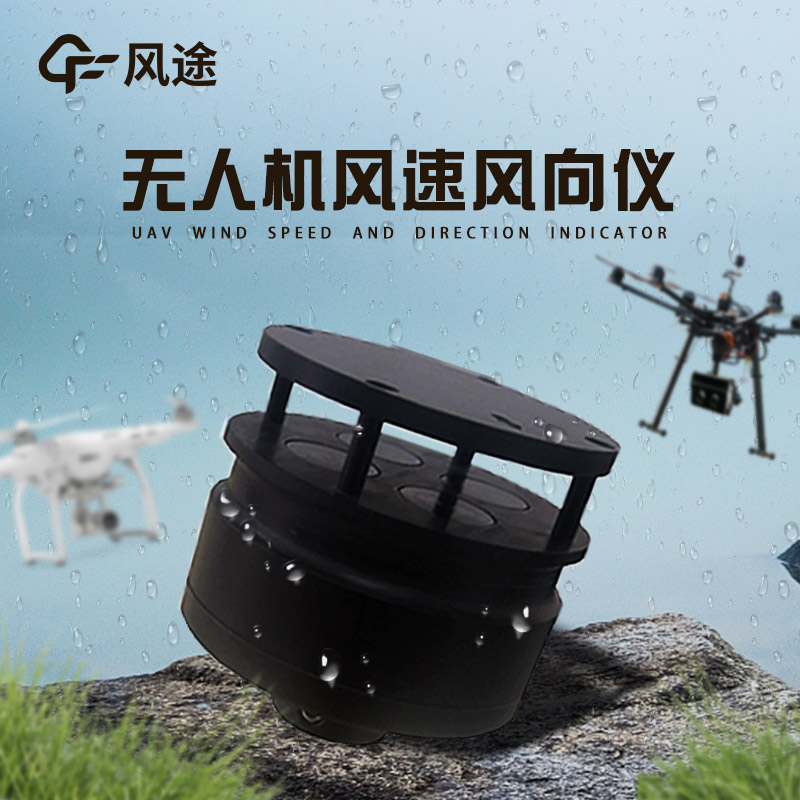Tianyi Sensor IOT Technology Co., Ltd
Sales Manager:Ms. Emily Wang
Cel,Whatsapp,Wechat:+86 15898932201
Email:info@fengtutec.com
Add:No. 155 Optoelectronic Industry Accelerator, Gaoxin District, Weifang, Shandong, China

Sales Manager:Ms. Emily Wang
Cel,Whatsapp,Wechat:+86 15898932201
Email:info@fengtutec.com
Add:No. 155 Optoelectronic Industry Accelerator, Gaoxin District, Weifang, Shandong, China
time:2025-04-27 09:59:27 source:Weather Station viewed:219 time
Ultrasonic resonance anemometry is a commonly used meteorological observation technology. Its principle is to utilize the propagation characteristics of ultrasonic waves in the air to measure wind speed and wind direction. When sound waves propagate in the air, their speed will be affected by the wind. If the propagation direction of the ultrasonic wave is the same as the wind direction, the speed of the sound wave will increase; conversely, it will decrease. In an ultrasonic resonance wind speed and direction sensor, there are usually multiple ultrasonic transducers distributed in a specific geometric pattern, such as an equilateral triangle. By measuring the time difference or phase difference of the sound wave propagation between different transducers, and combining parameters such as the speed of sound, the vector information of wind speed and wind direction can be calculated.
The anemometry sensor based on ultrasonic resonance has a relatively small volume, which is convenient for installation and integration into various devices. It is also lightweight, having little impact on the load of mobile platforms such as drones. It has strong adaptability to extreme weather and can work stably under complex meteorological conditions, such as in low-temperature, high-humidity, and strong-wind environments. It also has high measurement accuracy and can accurately measure meteorological parameters such as wind speed and wind direction.
Equipping drones with sensors based on ultrasonic resonance can break through the limitations of traditional ground monitoring and achieve high-altitude, large-scale, and dynamic monitoring of meteorological elements. Drones can flexibly fly to complex terrains, remote areas, or dangerous regions to obtain meteorological data in real-time, providing timely and accurate data for meteorological research, emergency response, and other purposes.
The FT-F2 Weather Sensors for Drones are designed specifically for small aircraft and drones based on the principle of ultrasonic resonance. They can monitor low-altitude wind speed, wind direction, temperature, humidity, and atmospheric pressure. Weighing 56g and with a diameter of 50mm, they are lightweight and compact. They have strong resistance to electromagnetic interference and are waterproof and dustproof. They can operate in environments with an altitude of 4000 meters and a temperature range from -40℃ to +70℃. The internal low-power chip enables the wind speed measurement to reach up to 60m/s, making it suitable for drone flight control and environmental monitoring. There are two installation methods: vertical installation on the top and inverted installation on the bottom.
Technical Parameters: Wind speed measurement range is 0 - 60m/s, with an accuracy of ±3%; wind direction range is 0 - 359°, with an accuracy of ±3°; temperature range is -40-+80℃, with an accuracy of ±1℃; humidity range is 0 - 100%, with an accuracy of ±5%; air pressure range is 300 - 1100hpa, with an accuracy of ±1. The digital output is RS485, and the communication protocols support ModBus and ASCII. The working altitude is 0 - 4000 meters, the power requirement is VDC: 5 - 24V, the material is ABS, and the color is black.

High-altitude migratory pests refer to a category of pests that rely on their own flight capabilities or high-altitude air currents to carry out long-distance and large-scale migrations during their growth and development. For example, the fall armyworm and the East Asian locust can fly at altitudes...
In transportation, high-speed railways and road transport are significantly affected by meteorological conditions. In severe weather such as heavy rain, snowstorms, heavy fog, or strong winds, road surfaces become slippery, visibility drops sharply, and high-speed railway tracks may even freeze. All...
To achieve efficient crop production in greenhouses, it is essential to precisely control key environmental factors:Temperature: Different crops have specific optimal temperature ranges. Excessively high or low temperatures can hinder their growth.Air humidity: Too high air humidity easily triggers...
The wireless transmission technology of Multiparameter Weather Sensors enables remote real-time transmission of meteorological data through communication methods such as LoRa, ZigBee, and GPRS. Traditional wired sensors suffer from cumbersome cabling, which limits installation locations. In contrast...